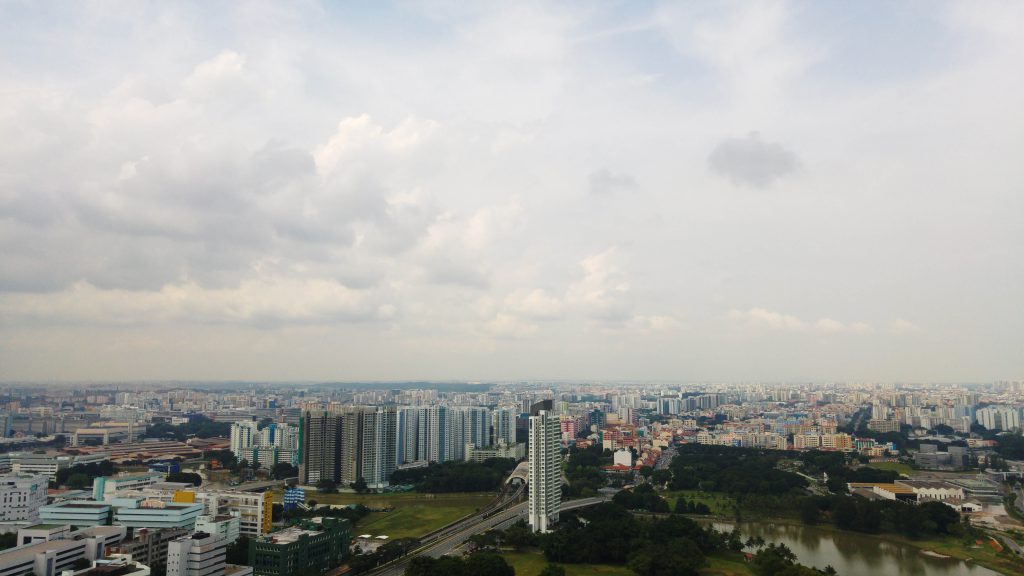Singapore may take tips from Calcutta on how art can flourish from chaos
March 8, 2019

Professor Tan Tai Yong from the NUS Department of History was recently featured in The Times of India, where his lecture, “Tale of Two Cities, Singapore and Calcutta, Past and Present”, which is part of Singapore’s celebration of its bicentenary, as well as its historic relationship with Calcutta, was discussed. According to Prof Tan, Singapore may learn from how Calcutta’s chaos helped its liberal arts flourish. In return, Calcutta may learn from Singapore’s expansion of its hinterland, to re-emerge as a global city.
Singapore used to be a trading outpost of Calcutta (then known as Kolkata), which became a global benchmark for many British colonial cities. However, the fate of these cities changed dramatically from the mid-20th century onwards. For one, Calcutta had the problem of partition and refugees, with Delhi and Bombay emerging as political and economic fulcrums. At the same time, Singapore lost its large hinterland when it split from Malaysia.
Nevertheless, Calcutta still had tremendous advantage as the gateway to the east – to an economic corridor stretching up to Kunming, China through Bangladesh and Myanmar. In a similar vein, Singapore’s situation proved to be instrumental to its development, because it decided to treat the area covered by a seven hour flight radius as its hinterland. It was also fortunate enough to have leaders like Lee Kuan Yew, whom Prof Tan stresses was selfless, incorruptible, and fixated on nation-building.
However, Prof Tan emphasizes that there was no one-size-fits-all theory for either city. Singapore, being a city-state, could make decisions faster; whereas Calcutta, a city within a state, could not.
Read the article here.
